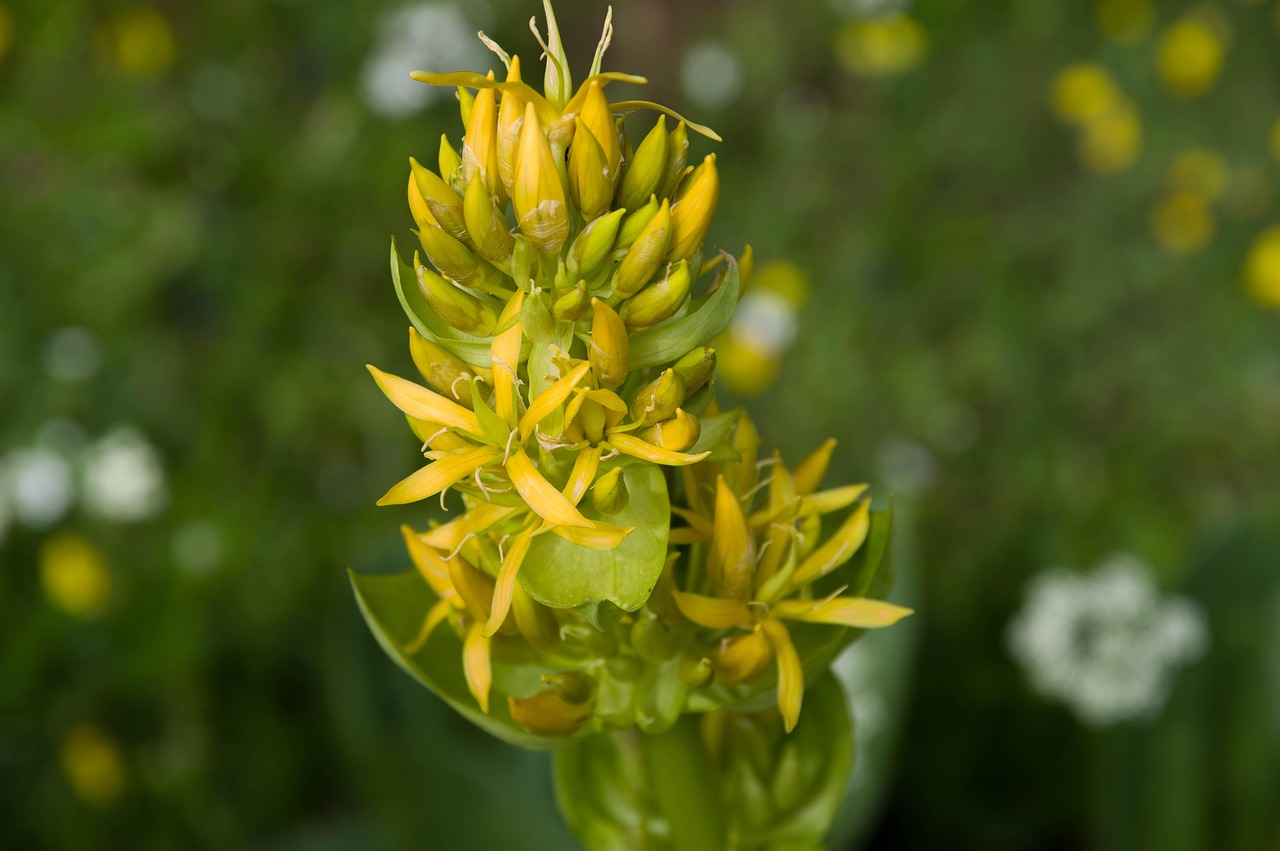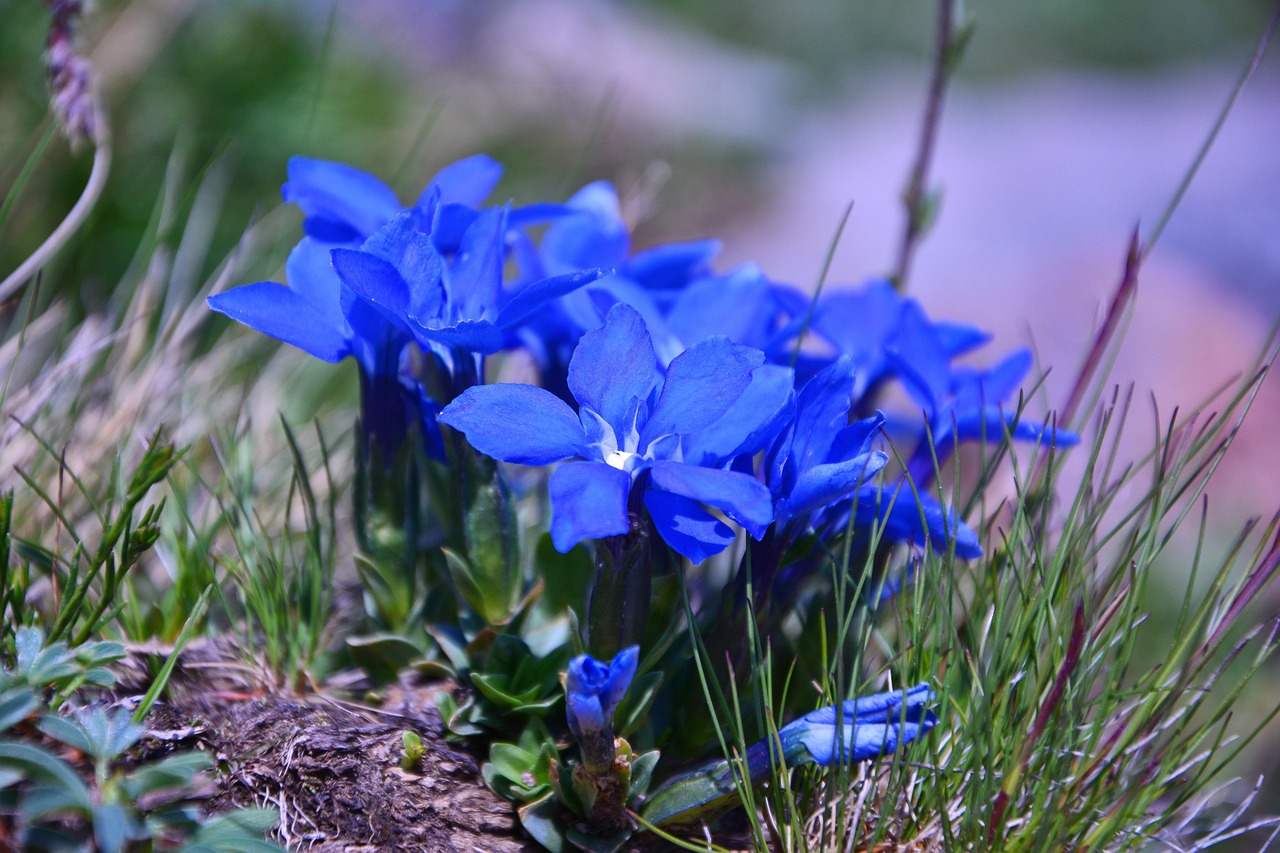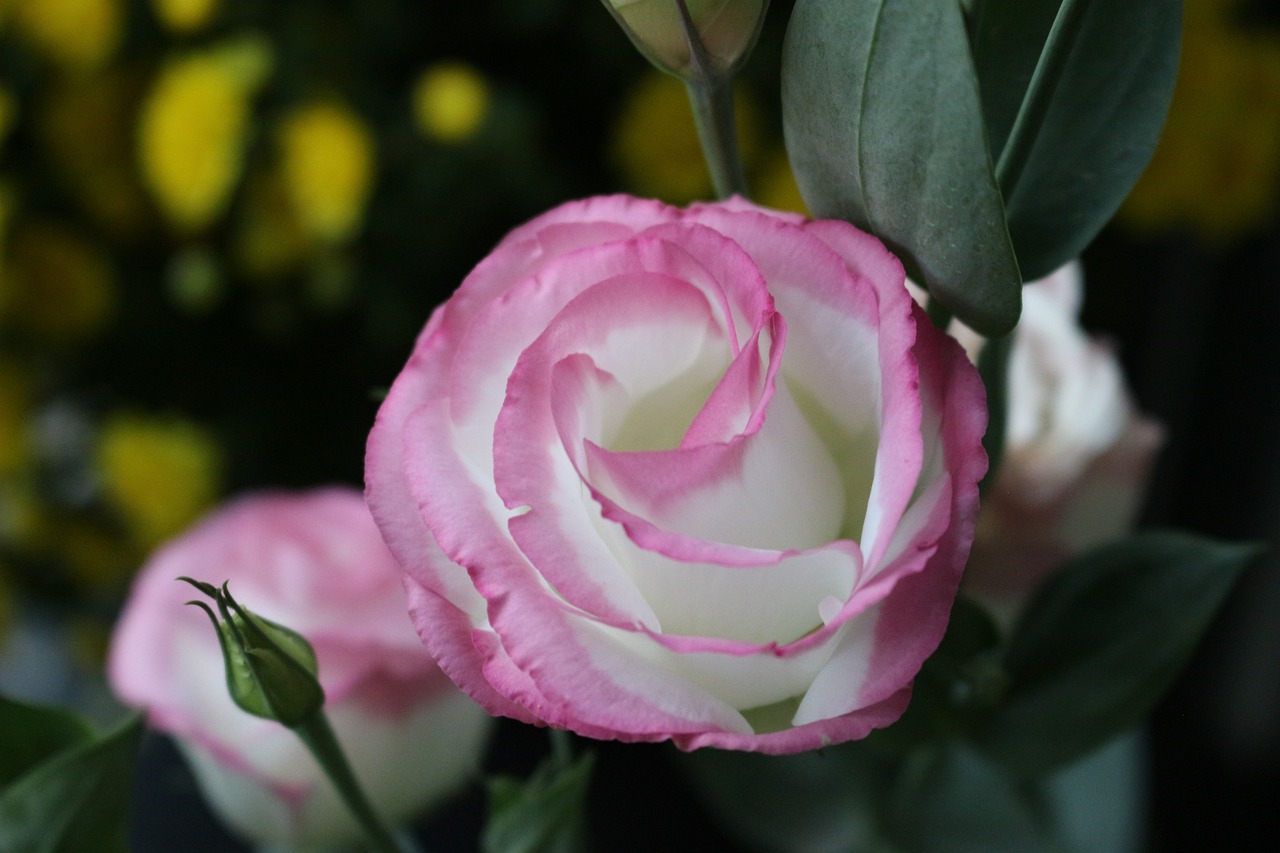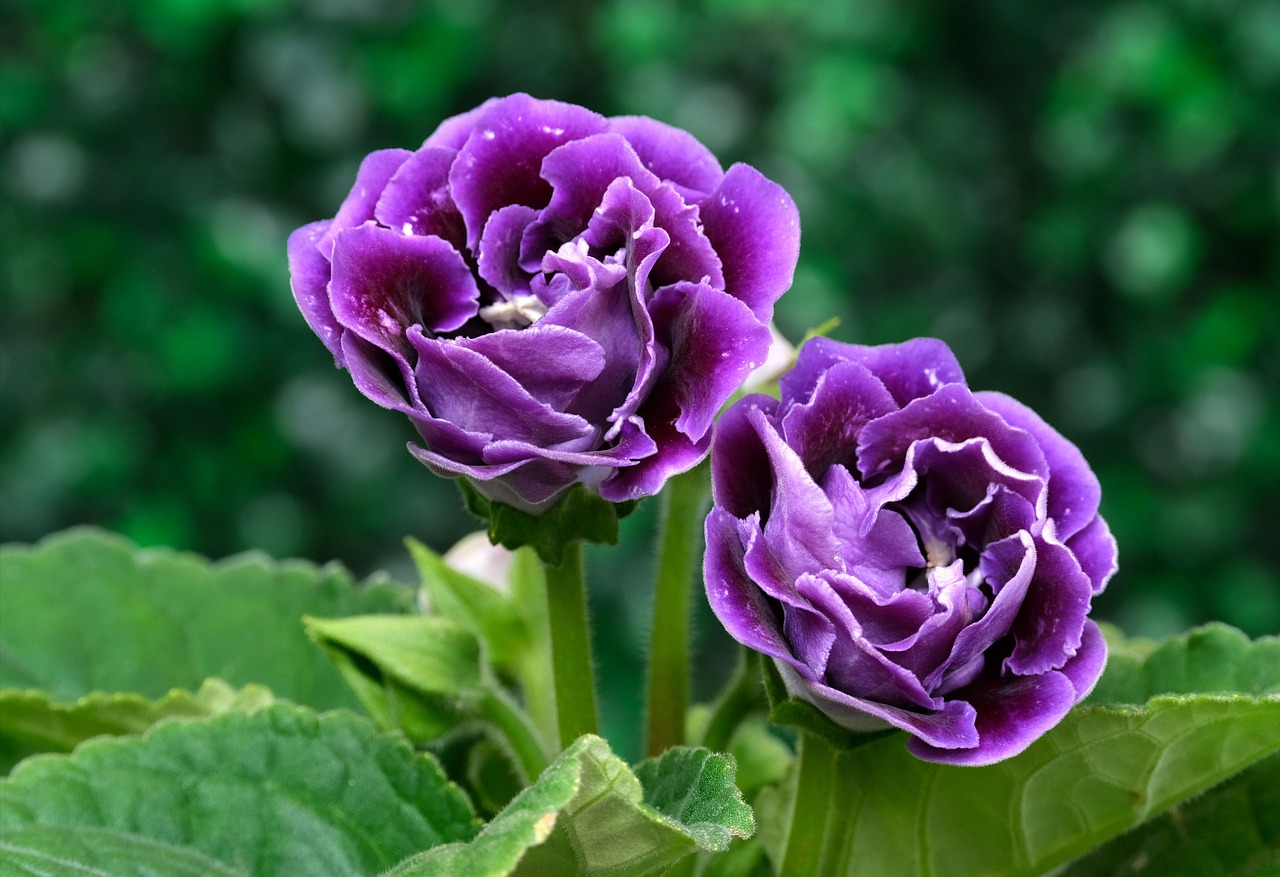Seemannia sylvatica | A Small Crimson Flame from the Andes
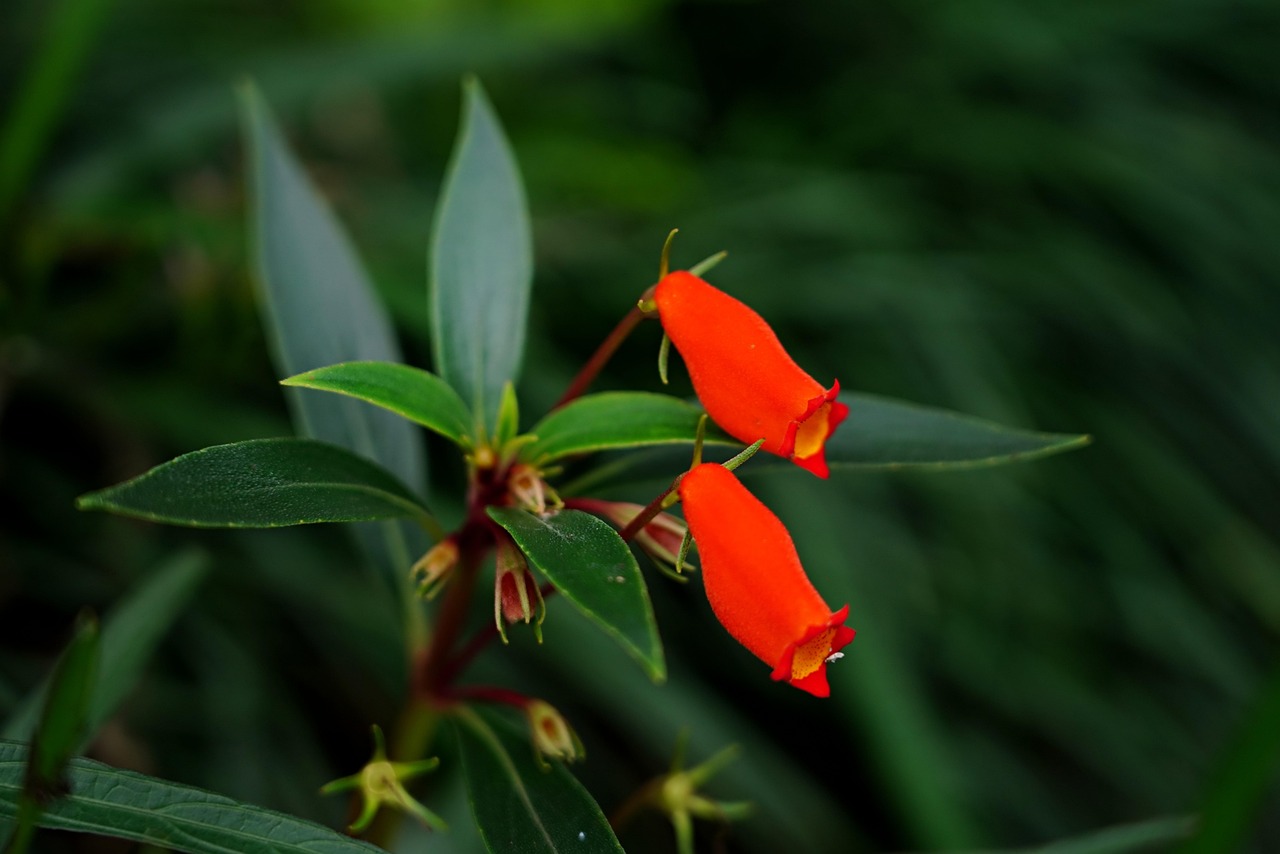
Seemannia sylvatica is a perennial plant known for its bright orange and red tubular flowers, highly valued for its ornamental beauty.
It originates from the Andes Mountains, where it grows naturally in humid forest environments.
In this article, I will explain in detail the basic information, cultural background and history, as well as tips on how to grow Seemannia sylvatica.
Basic Information
- Scientific name: Seemannia sylvatica
- Family: Gesneriaceae
- Origin: South America (Peru, Bolivia, etc.)
- Appearance: The plant produces slender tubular flowers at the tips of its stems, with vivid red or orange colors. Its leaves are narrow, deep green, and covered with soft hairs. Growing to a height of about 20–30 cm, it is suitable for pots and mixed plantings.
- Flowering season: Summer to autumn
Cultural Features Around the World
Seemannia sylvatica grows widely in the Andes region of South America and has traditionally been cultivated in home gardens and villages as an ornamental plant.
In the mountainous regions of Peru and Bolivia, it is sometimes used in festival decorations or to welcome visitors. Its vivid blossoms have long been cherished by local people.
In recent years, it has gained popularity among plant enthusiasts in Europe and Asia, where it is grown indoors or in greenhouses as a decorative plant.
Because it requires careful control of temperature and humidity, it is often treated as a rare tropical species at exhibitions.
Historical Background
Seemannia sylvatica was recorded in the mid-19th century by European botanists.
The genus name Seemannia honors Berthold Carl Seemann, a German botanist known for collecting and classifying plants across South America.
In the 19th century, the Royal Botanic Gardens in England and botanical societies in France attempted to cultivate this plant during the era of tropical plant exploration.
However, recreating its humid native environment proved difficult, and cultivation was initially limited to specialized facilities.
With advances in greenhouse technology, the plant gradually spread, and today it can be found on display in many botanical gardens.
Gardening Advice
Seemannia sylvatica requires some attention to temperature and humidity, but when grown under proper conditions, it produces abundant, colorful flowers.
Light
Prefers bright partial shade. Avoid direct sunlight, which can scorch the leaves. Indoors, filtered light through lace curtains is ideal.
Watering
During the growing season, water thoroughly when the soil surface dries. Keep the soil moist but not waterlogged.
Soil
Well-drained, airy soil is best. Mixing potting soil with peat moss and perlite is effective.
Fertilizer
Apply diluted liquid fertilizer once or twice a month during the growing season (spring–autumn). Avoid over-fertilization, which may damage roots.
Temperature
Prefers warm, humid conditions. In winter, keep above 10°C and protect from cold.
Pruning
Remove faded flowers to encourage new blooms. Trim dead leaves promptly and ensure good air circulation.
Conclusion
Seemannia sylvatica is a perennial plant native to the Andes, admired for its vivid tubular flowers and compact growth.
It has been cherished in South America as a decorative flower and has attracted botanical interest in Europe since the 19th century.
Today, it is increasingly cultivated as an ornamental plant indoors and in greenhouses. With proper humidity and temperature management, its brilliant flowers can be enjoyed for a long time.

